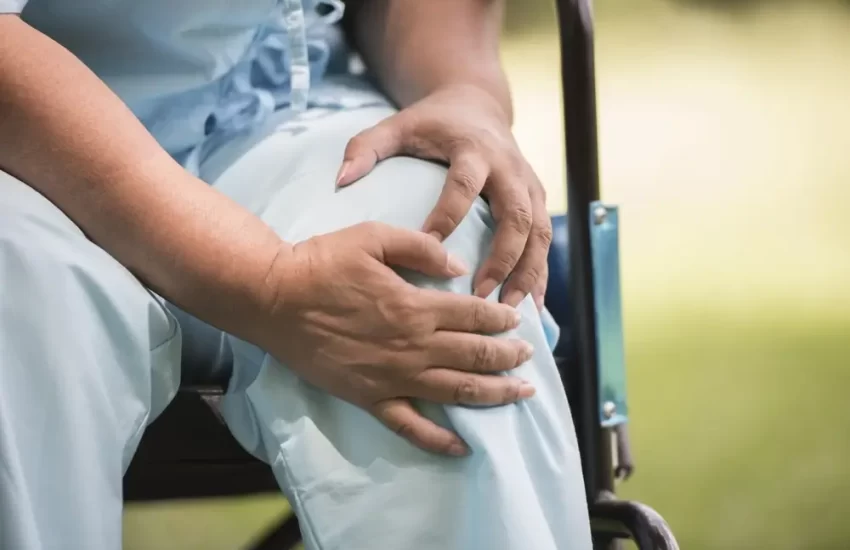Making the decision to have knee replacement surgery is crucial. The surgery is not a simple one, even though hundreds of these procedures are carried out every day in hospitals all around the nation. You should be thoroughly informed of all the dangers and issues, both immediate and long-term, related to knee replacements. Must be aware of the warning signs and symptoms of potential consequences so you can receive care before the issues worsen.
You could feel a little foggy for a few days after your operation as your body repairs and you become used to your pain medication. Your knee will hurt and be swollen. In your first few days at home, make an effort to feel as at ease as you can. While you are resting, keep your leg as high above the heart level as you can. You will need to get that knee moving.
Frequent side effects
The two most frequent side effects, extreme edoema and blood clots, will be less likely as a result. The compression stockings should be worn as directed by your discharge papers to help prevent problems with blood clots.
In the first few days after your procedure, you might have a low-grade fever, but if it rises or persists, make sure to call your doctor right away.
To prevent the long-term consequences of knee replacements, you should start a good rehabilitation programme as soon as your body recovers from the procedure. You run the danger of not getting the most out of the new joint if you decide to disobey your physical therapist’s advice and stop doing your exercises.
Overextending yourself is another option. Exercises that put too much pressure on your artificial knee should be avoided if possible. You shouldn’t engage in any high-impact activities without your doctor’s approval.
You must work hard to recover if you wish to resume enjoying your hectic life. Applying oneself to the right exercise programme might help your new joint function in ways you may not have anticipated. If you exercise your new joint carefully, you can prevent the long-term problems connected with knee replacements. Before you even set the date for your surgery, have a plan in place to hasten your recuperation.
Understanding Elderly Knee Replacement Surgery
Everyone can need knee surgery, but elderly patients are the ones who need it the most frequently. Knee surgery is performed for a variety of causes, including arthritis, sports injuries, cartilage degeneration, and bone wear and tear-related pain.
when to think about having knee surgery
These techniques should be investigated first because knee surgery can occasionally be avoided. Certain knee issues can occasionally be resolved with weight loss, medicine, surgery, or physical therapy. Knee replacement might be your sole choice if none of these options succeeded. You run fewer risks and recover quicker the healthier you are.
Knee replacement: What Is It?
Knee replacement can be performed entirely or partially. The damaged joints will be removed during the knee surgery and replaced with plastic or metal parts that are designed to improve knee motion. The procedure for various forms of knee replacement surgery will take about two hours. Less scarring is caused by the minimally invasive techniques’ shorter incisions. Only a surgeon with a high level of ability should carry out the procedure because it is quite technical.
Following knee replacement surgery, recovery
Following surgery, patients often stay in the hospital for 3 to 5 days. They will immediately begin their rehabilitation programme while they are there. While an occupational therapist helps the patient get ready for routine daily activities like dressing and bathing, a physical therapist will begin working with the patient on mobility.
As a result of various causes, not all patients will heal at the same rate. The speed of recuperation is influenced by an individual’s strength, body weight, and level of pain tolerance.
Patients may still be able to go home after roughly 5 days if their doctor is not happy with their rate of recovery in the hospital, and it is possible to arrange for a therapist to help them with further sessions at home.
Know More : Knee Replacement Cost In Bangalore
Over the first few weeks, some patients might require more assistance at home. Anyone who can help with meals, getting the person dressed, and occasionally going out can take care of this; it is not necessary for it to be done by a skilled caretaker.
In certain cases, it could take up to six weeks before you can walk without a cane. The patient might be able to use a cane or walker after two to four weeks.
